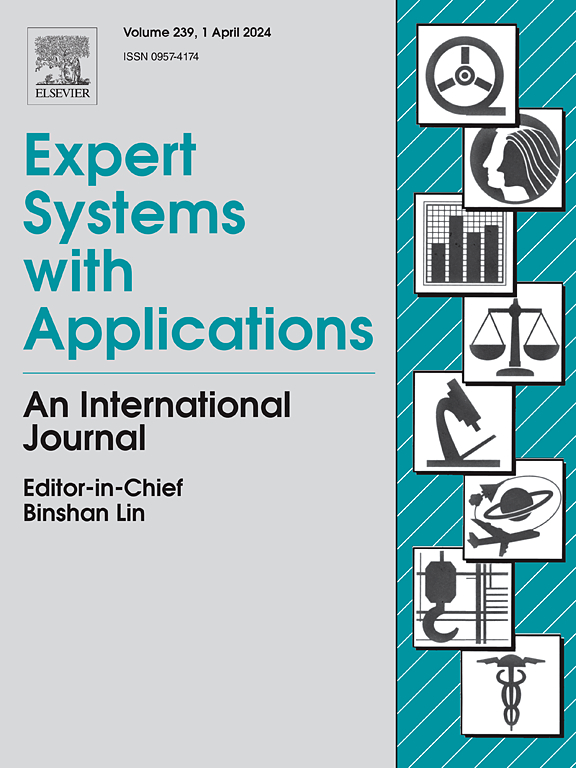工业机器人能耗模型识别:模型驱动和数据驱动的耦合范式
IF 7.5
1区 计算机科学
Q1 COMPUTER SCIENCE, ARTIFICIAL INTELLIGENCE
引用次数: 0
摘要
由于工业机器人(IR)分布广、能效低,其节能问题受到广泛关注。精确的工业机器人能耗(EC)模型为节能奠定了基础。然而,由于制造商并未公布工业机器人的大部分动态参数和电气参数,导致大多数基于模型的能耗预测方法无效。为了弥补这一缺陷,本文提出了一种机制-数据混合驱动的方法来预测 IR 的 EC。首先,在深度强化学习(DRL)的基础上,开发了一种集成了混合驱动参数识别的联合扭矩预测模型。通过量身定制的界面设计和训练机制,构建了基于 DRL 的参数识别框架,其中 DRL 代理可以从轨迹数据库中学习识别动态参数。此外,还提出了一种基于长短期记忆(LSTM)的深度神经网络,用于根据关节扭矩和速度预测 IR 的 EC。机器人动态方程中没有建模的非线性项目也被封装在深度神经网络中的一维卷积神经网络(1D-CNN)层中,以提高预测精度。为了验证所提方法的准确性和有效性,我们在不同负载的 KUKA KR60-3 工业机器人上进行了实验。结果表明,在固定负载下,所提出的方法能够以低于 2% 的平均绝对百分比误差预测 EC,而在未用于代理培训的负载下,误差则低于 3%。本文章由计算机程序翻译,如有差异,请以英文原文为准。
Industrial robot energy consumption model identification: A coupling model-driven and data-driven paradigm
Due to wide distribution and low energy efficiency, the energy-saving in industrial robots (IRs) is attracting extensive attention. Accurate energy consumption (EC) models of IRs lay the foundation for energy-saving. However, most dynamic and electrical parameters of IRs are not disclosed by manufacturers, which leads to the invalidity of most model-based EC prediction methods. To bridge this gap, a mechanism-data hybrid-driven method is proposed to predict the EC of IRs in this paper. First, a joint torque prediction model integrating a hybrid-driven parameter identification is developed based on deep reinforcement learning (DRL). The framework for DRL-based parameter identification is constructed through tailored design of interfaces and training mechanisms, wherein the DRL agent can learn to identify the dynamic parameters from the trajectory database. And a deep neural network based on long short-term memory (LSTM) is proposed to predict the EC of IRs according to the joint torques and velocities. The nonlinear item, which is not modeled in the robot dynamic equation, are also encapsulated in the deep neural network with one-dimensional convolutional neural network (1D-CNN) layers to improve the prediction accuracy. To validate the accuracy and efficacy of the proposed method, experiments are conducted on a KUKA KR60-3 industrial robot with different loads. The results demonstrate that the proposed method can predict EC with a mean absolute percentage error of less than 2% under a fixed load and less than 3% under loads not used for agent training.
求助全文
通过发布文献求助,成功后即可免费获取论文全文。
去求助
来源期刊

Expert Systems with Applications
工程技术-工程:电子与电气
CiteScore
13.80
自引率
10.60%
发文量
2045
审稿时长
8.7 months
期刊介绍:
Expert Systems With Applications is an international journal dedicated to the exchange of information on expert and intelligent systems used globally in industry, government, and universities. The journal emphasizes original papers covering the design, development, testing, implementation, and management of these systems, offering practical guidelines. It spans various sectors such as finance, engineering, marketing, law, project management, information management, medicine, and more. The journal also welcomes papers on multi-agent systems, knowledge management, neural networks, knowledge discovery, data mining, and other related areas, excluding applications to military/defense systems.
 求助内容:
求助内容: 应助结果提醒方式:
应助结果提醒方式:


